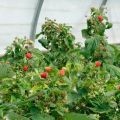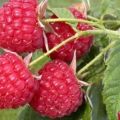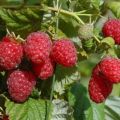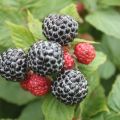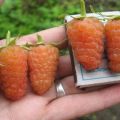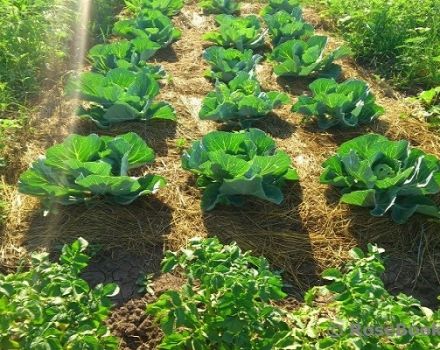Descriptions of the best varieties of thornless raspberries, planting and care
Many varieties of thornless raspberry have been created, both common and remontant, capable of bearing fruit twice during the season. Varieties of early and medium ripening are distinguished, the yield of most is high, the fruits are large, with good taste.
It is not difficult to care for a thornless crop; agrotechnical measures are, in general, standard.
Advantages and Disadvantages of Studless Grades
Raspberries with shoots without thorns have the following advantages:
- most varieties are high-yielding, produce large berries;
- berries are characterized by good taste;
- plants bear fruit stably;
- have a fairly high immunity;
- insensitive to adverse climatic conditions;
- many varieties do not lose their commercial appeal during transportation.
But, like all berry crops, thornless raspberries have disadvantages:
- deterioration in taste and nutritional value under adverse weather conditions, growing in a shaded place, and also with thickening;
- exactingness to care, the need for top dressing, regular watering;
- susceptibility to soil quality;
- weak retention of ripe berries on the stalks, shedding.
Some varieties need to be sheltered from the scorching sun in summer and from frost in winter..
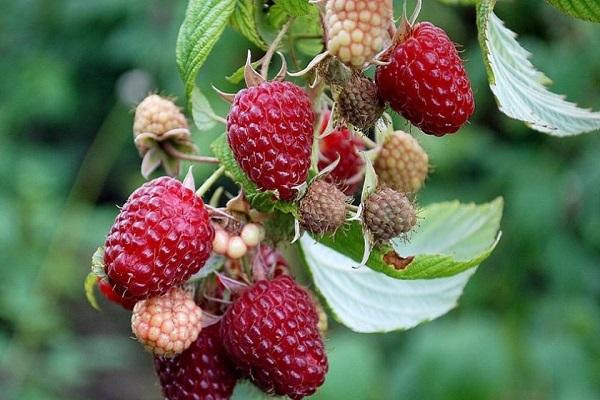
Popular studless raspberry
Breeders have developed many varieties of thornless raspberries. Listed below are the most popular among Russian gardeners, distinguished by high yield and quality of berries.
Early ripe
Of the early ripe varieties, the Primara raspberry, created by Ukrainian breeders, should be noted. A short bush with a few straight shoots produces large, thick-smelling, sweet berries with a slight acidity. Primara is a high-yielding, studless raspberry of the remontant type. Ripening is very early, the first fruits are formed in June.
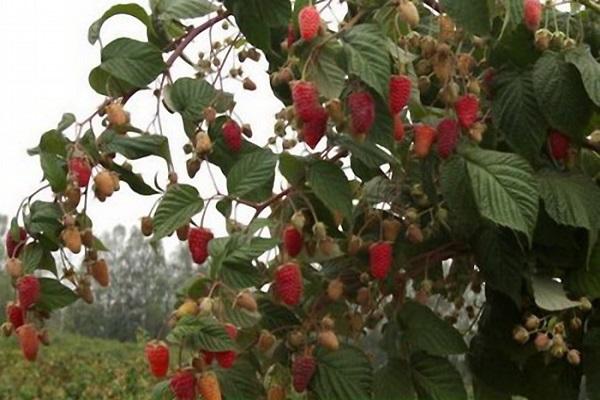
Mid-season
Mid-season raspberry without thorns bears fruit from mid-July to the second half of August. The most popular varieties include:
- The yellow giant is a newly developed thornless raspberry with strong shoots and large, juicy, aromatic, cone-shaped berries of a warm yellow color. Fruit weight reaches 10-13 g. The yield per plant is 6-8 kg.
- Giant is a compact bush with huge berries that have a mild sweet taste and forest aroma. The weight of one fruit reaches 25 g.
- Stolichnaya is a long-known thornless raspberry that does not lose popularity, grown both by summer residents and farmers.
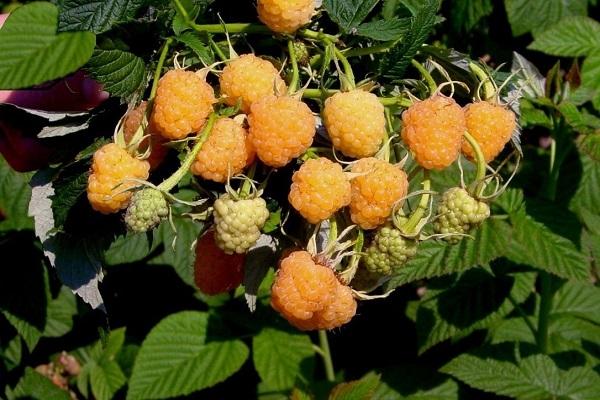
The most productive
Almost all varieties of thornless raspberries produce good yields. But especially prolific:
- Maroseyka is a widespread in Russia thornless culture with large berries that have a rich aroma and a pleasant sweet and sour taste. Fruit clusters are strong, voluminous, 15-20 ovaries are formed on them. Raspberries with 6-8 shoots produce 5-6 kg of fruit per season.
- The beauty of Russia is a thornless culture of a rich red color with a thick aroma spreading throughout the garden. Raspberry yield reaches 5 kg. A big advantage is huge fruits, individual specimens are comparable in diameter to a plum, weighing more than 20 g.
- Tarusa is an unpretentious, thornless raspberry, also called a raspberry tree, as its strong and wide shoots grow up to 2 m. The bush gives from 5 kg of large, sweet with sourness, light red fruits.

Repaired
Of the remontant varieties of raspberries, there are many studless ones. Most in demand:
- Arbat is a large-fruited, transportable, non-capricious raspberry, therefore it is popular with inexperienced gardeners. The first batch of dark red, cone-shaped fruits is picked at the end of June. And the total yield reaches 8 kg per plant.
- Primara bears fruit in June and August. The bush gives up to 5 kg of juicy, bright red, sweet berries with a gentle sourness. This raspberry is characterized by shedding of fruits, so you should not delay harvesting.
- Bryce is an English dessertsless crop grown by Russian farmers in greenhouses. The yield is average, the autumn batch does not exceed 1.5 kg. But the raspberry is fleshy, sweet, with a pleasant sourness, it is stored for a long time.
- Apricot - frost-resistant, immune to infection, thornless raspberry. The total yield is up to 5 kg. Keeping quality is low. There are thorns, but only in the lower part of the shoots, so there is no discomfort when harvesting.
- Diamond - resistant to adverse weather factors, thornless crop, yielding up to 4 kg of dark, well-transported fruits. The first and second fruiting are merged, that is, the plant bears fruit continuously until frost.
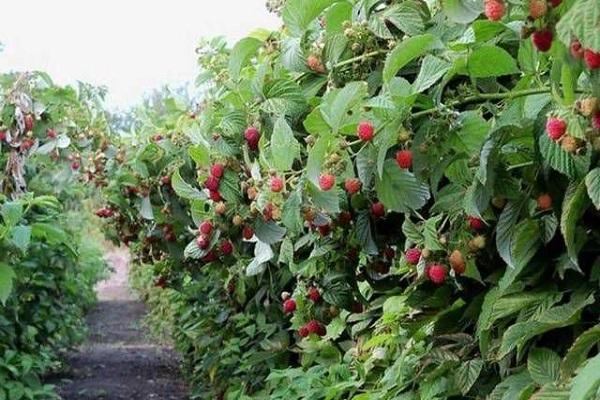
Features of growing and care
Tineless raspberry is demanding on lighting, sensitive to drafts. Therefore, plants are planted in lighted areas, fenced off from strong winds.
Raspberries love acidified loams with a low location of groundwater.
You cannot ignore the care of raspberries, otherwise you will not have to wait for a bountiful harvest. They take care of thornless bushes using standard technology:
- tie up shoots for a comfortable harvest;
- make mineral and organic dressings to form sweet berries;
- regularly water, irrigate;
- moisten before flowering, in the ovary formation phase, when ripe, after harvesting;
- carry out pruning to evenly illuminate the shoots and facilitate harvesting.
In regions with frosty winters, raspberries are bent to the ground in autumn, covered with earth, covered with agrofibre or other insulating material.


